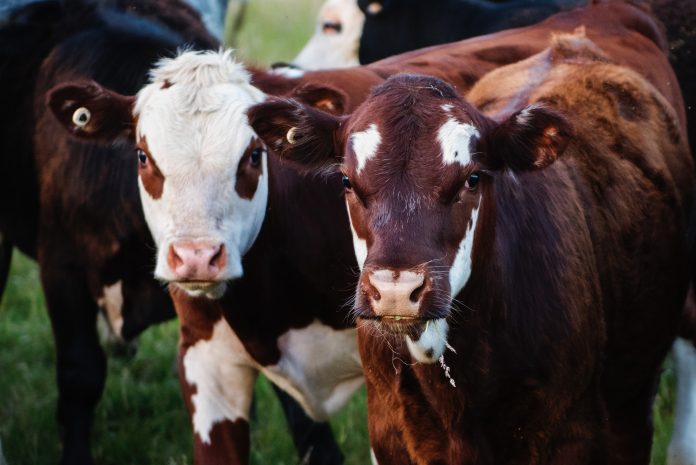
Saskatchewan’s agricultural producers have been through a tough couple of years, especially our livestock producers.
Extreme drought across Western Canada in 2021 created widespread shortages of livestock feed and water, and left pastures and hay land in poor condition for the upcoming year.
In 2021, provincial and federal governments stepped up with AgriRecovery support to help producers deal with the increased costs of maintaining their herds, and that aid was very much appreciated. It was also designed as a one-time program that is now winding down.
Producers also appreciate the changes to remove the Reference Margin Limit in AgriStability, which has improved that program.
Significant challenges remain for this year however, and we are unsure about whether there is adequate programming to support the livestock sector.
2022 is shaping up as another difficult year for cattle producers. Many farms in the southeast lost new calves in the blizzards that swept through the area over the past few weeks. Calf mortality rates are reportedly up to 15% for some operations. These losses are not covered under current Business Risk Management (BRM) programming.
Producers appreciate the announcement of the Provincial Disaster Assistance Program (PDAP) in areas affected by spring storms.
At the same time, extreme drought persists in some western parts of Saskatchewan. There’s no feed available and farms are preparing to pasture their animals on land that has little prospect of new growth without significant moisture.
Governments have not given themselves the toolkit they need to deal with emergency situations. We clearly need improvements to BRM programs to better support producers during and after natural disasters.
Federal and provincial governments are currently negotiating the next five-year agreement for agricultural policy. These consultations must recognize the significant challenges facing Saskatchewan livestock producers and develop better programs to support the industry in times of disaster.
It is also time to ensure that livestock and mixed producers can take advantage of production insurance tools like those that are available for crop producers.
Earlier this month, the APAS Next Policy Framework (NPF) Task Force released their recommendations for the 2023 agricultural programs. The report addresses the need for cost-shared insurance, disaster assistance programs that are on par with other countries, and environmental initiatives that support the development of water supplies on a much larger and more ambitious scale than what is currently available.
Canada produces the highest quality and most sustainably produced livestock in the world. The challenges facing cattle producers today threaten the long-term viability of the industry. Government programs can and should help producers better manage these risks.
We hope the government’s current negotiations will recognize the livestock industry’s contributions to Canadian agriculture by creating programs for 2023 that will better support the needs of our industry for the future.
Ian Boxall is the president of the Agricultural Producers Association of Saskatchewan.

